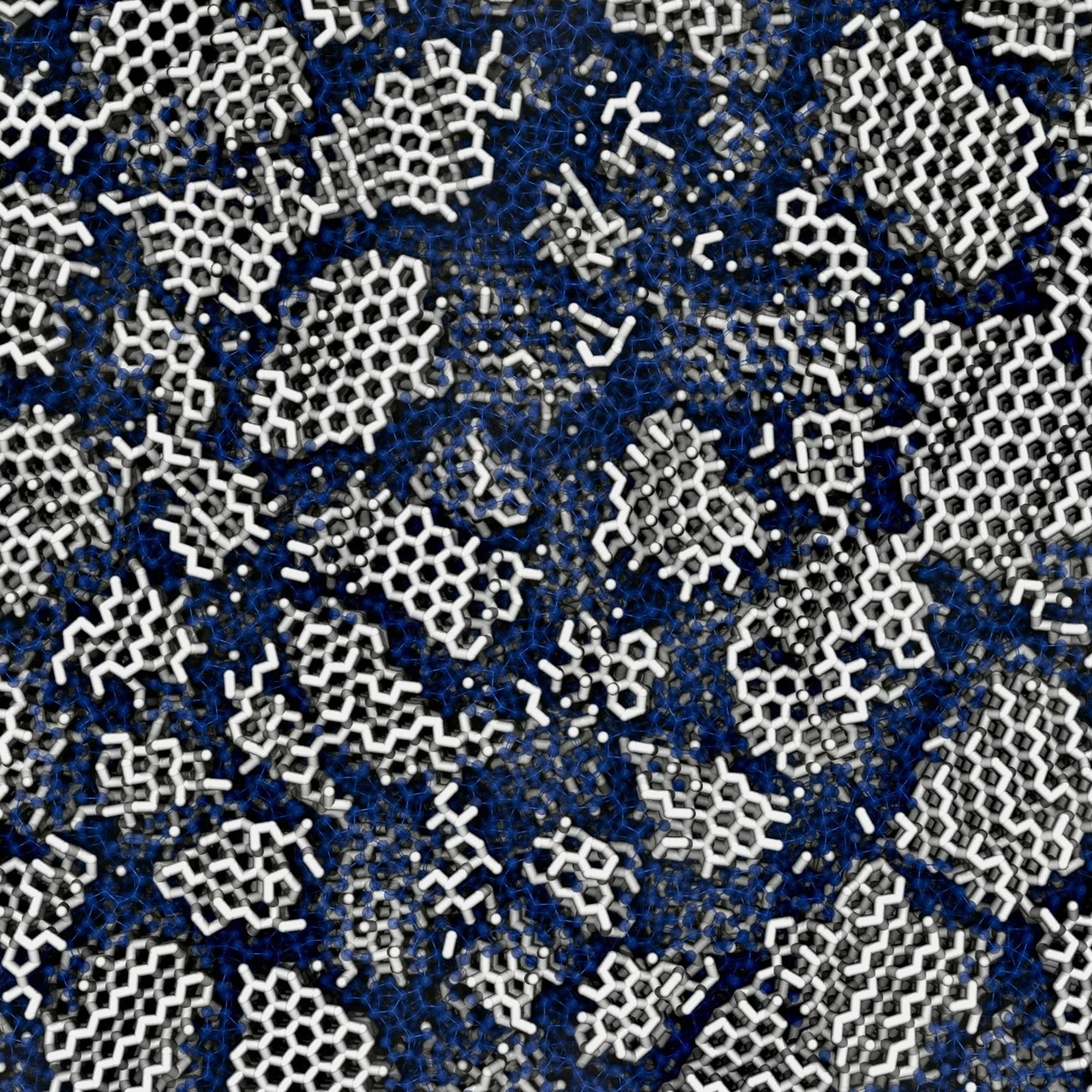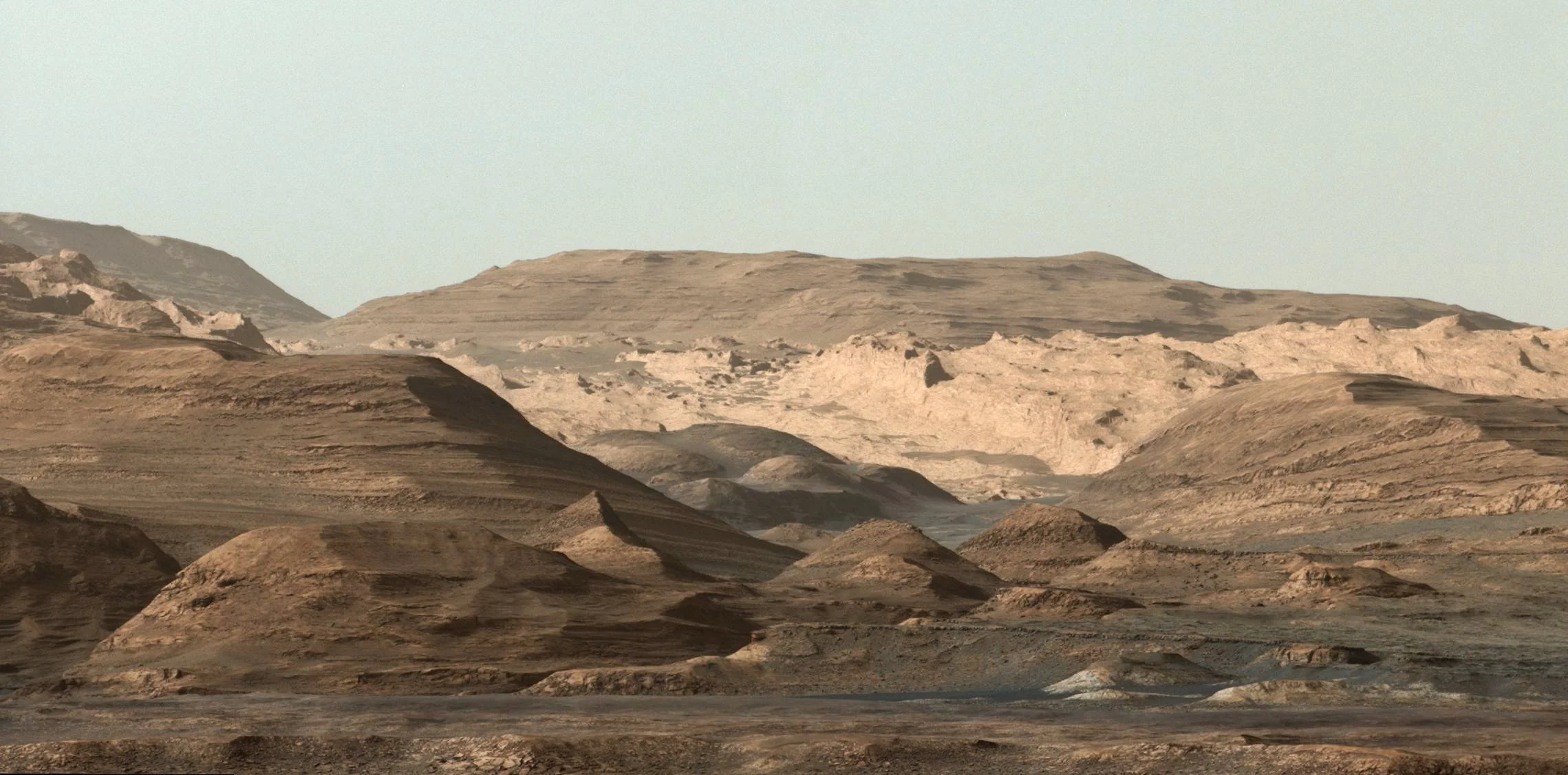An international team of researchers has created an extraordinary virtual representation of our universe. It is the largest and most accurate virtual simulation of its kind to date. The team used supercomputer simulations to recreate the entire evolution of the cosmos, from the Big Bang to the present day.
Image Credit: HebenPhilis via Shutterstock
Simulating our own universe
Over the past two decades, cosmologists have developed a "standard model" of cosmology, the so-called cold dark matter model (CDM). This model is used to explain a wealth of observed astronomical data, from the properties of leftover heat from the Big Bang to the number of galaxies we observe around us today, as well as their spatial distribution.
When simulating a virtual cold dark matter universe, most cosmologists track a "typical" or arbitrary patch of sky, similar to our own observed universe, but only in a statistical sense.
The simulations performed in this study are different: they are tuned to reproduce our particular existing patch of the universe using advanced generative algorithms, thus containing existing structures near our own galaxy that astronomers have observed for decades.
This means that well-known structures in the nearby universe, such as the Virgo, Coma, and Perseus clusters, the Great Wall, and the Local Void - our cosmic habitat - are precisely reproduced in the simulation.
At the center of the simulation (and of our own universe) are the Milky Way and the nearby Andromeda Galaxy (also known as M31). - (Image Credit: Dr. Stuart McAlpine) - Click on image to enlarge
Software and hardware
The simulation software developed at the Leiden Institute of Physics (the Netherlands) is the technological key to this effort. By deploying a giant supercomputer for over a month, the team was able to bring to life a virtual counterpart of our own universe.
The unique geometry and properties of the simulation, combined with its raw size, made the simulation a challenge that could only be accomplished by virtue of the many years of experience of the local simulation group built on past efforts, such as the Leiden-led EAGLE project, which recently received the Group Award from the British Royal Astronomical Society.
Comparing the virtual universe to the real universe
The research closely compares the output of the virtual universe with a series of observations in the real world, finding the right locations and properties for the virtual counterparts of known structures.
The first findings show that our nearby universe could be unusual: the simulation predicts a lower average number of galaxies due to a local large-scale 'underdensity' of matter.
While the authors believe that the level of this underdensity poses no threat to the Standard Model of cosmology, it may have implications for how astronomers interpret information from surveys of observed galaxies
Co-author Matthieu Schaller from the Leiden Observatory stated that the project is a milestone in the search for ways to test the current established model of the evolution of our universe.
According to Schaller, these simulations show that the Standard Model of Cold Dark Matter is capable of producing all the galaxies we see in our environment. The simulation has been a critical test for the model.
The real Universe - Image Credit: NASA, ESA, H. Teplitz and M. Rafelski (IPAC/Caltech), A. Koekemoer (STScI), R. Windhorst (Arizona State University), and Z. Levay (STScI)
Future research
The team intends to subject the standard model of cosmology to an even stricter test by studying how known structures formed and evolved in greater detail.
If all goes well, future simulations may answer important questions about our place in the universe and its recent evolution.
If you are interested in more details about the simulation and the study, be sure to check out the publication in the Monthly Notices of the Royal Astronomical Society listed below.
Sources and further reading:
SIBELIUS-DARK: a galaxy catalogue of the Local Volume from a constrained realisation simulation (Monthly Notices of the Royal Astronomical Society)
Why do astronomers believe in dark matter? (Universal-Sci)
Is dark matter older than the big bang? (Universal-Sci)
Social sharing image credit: sakkmesterke via Shutterstock via Shutterstock / HDR tune by Universal-Sci
If you enjoy our selection of content, consider subscribing to our newsletter - (Universal-Sci Weekly)
FEATURED ARTICLES:












